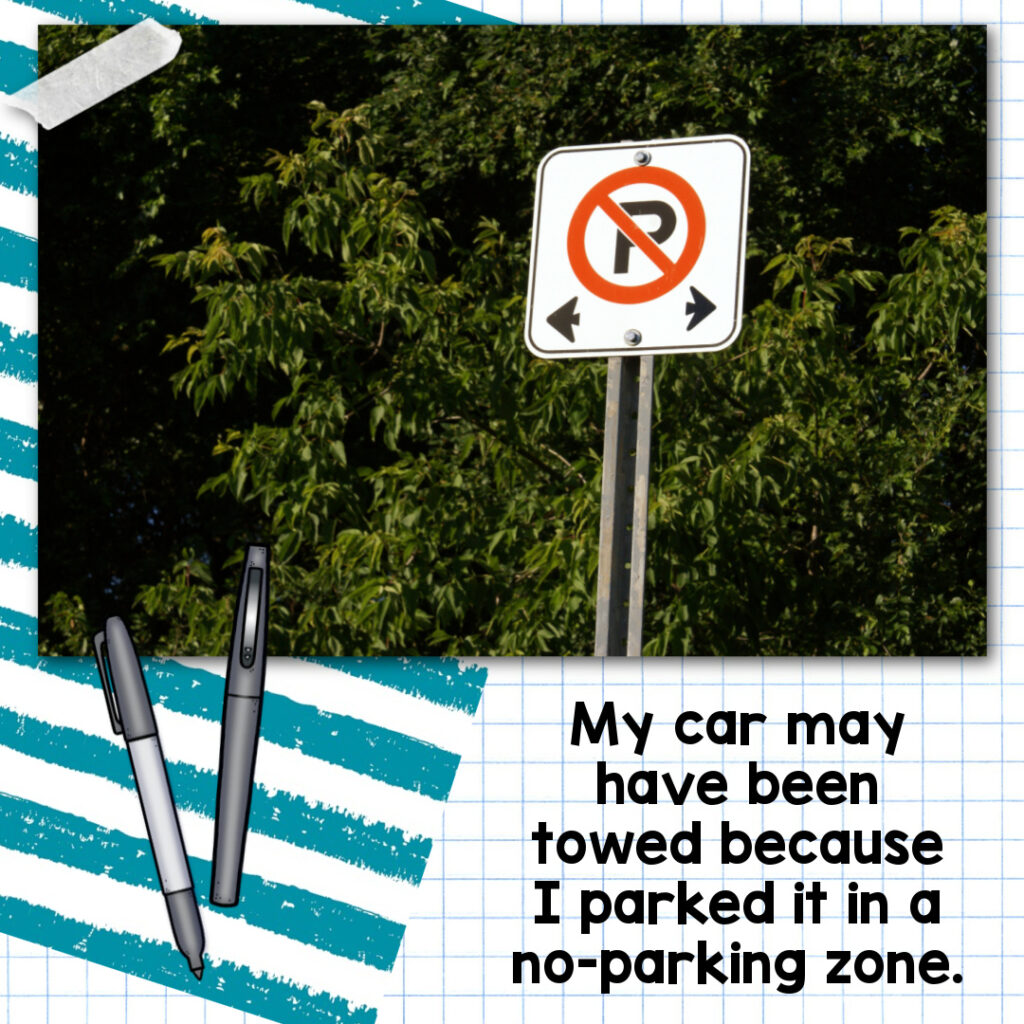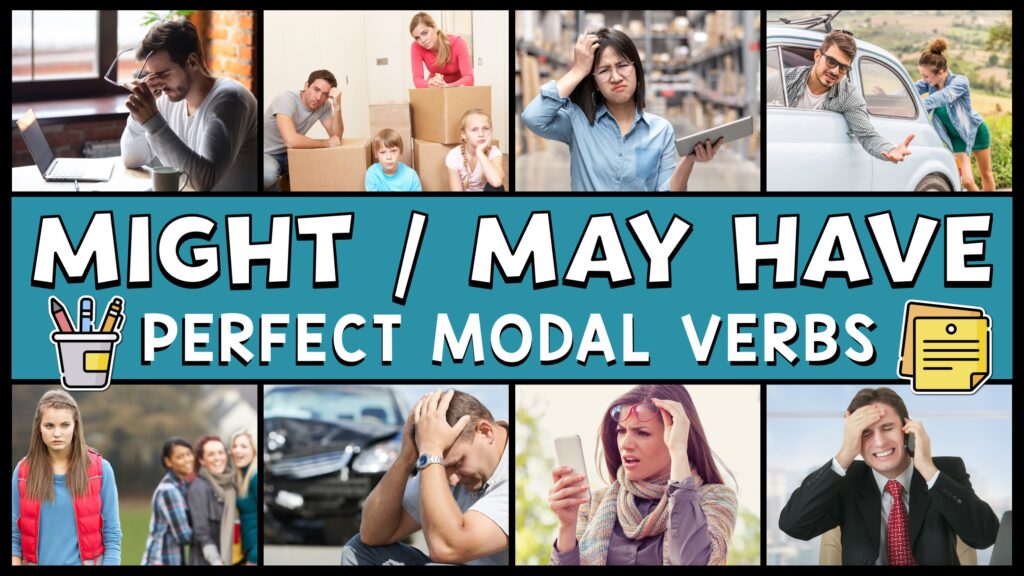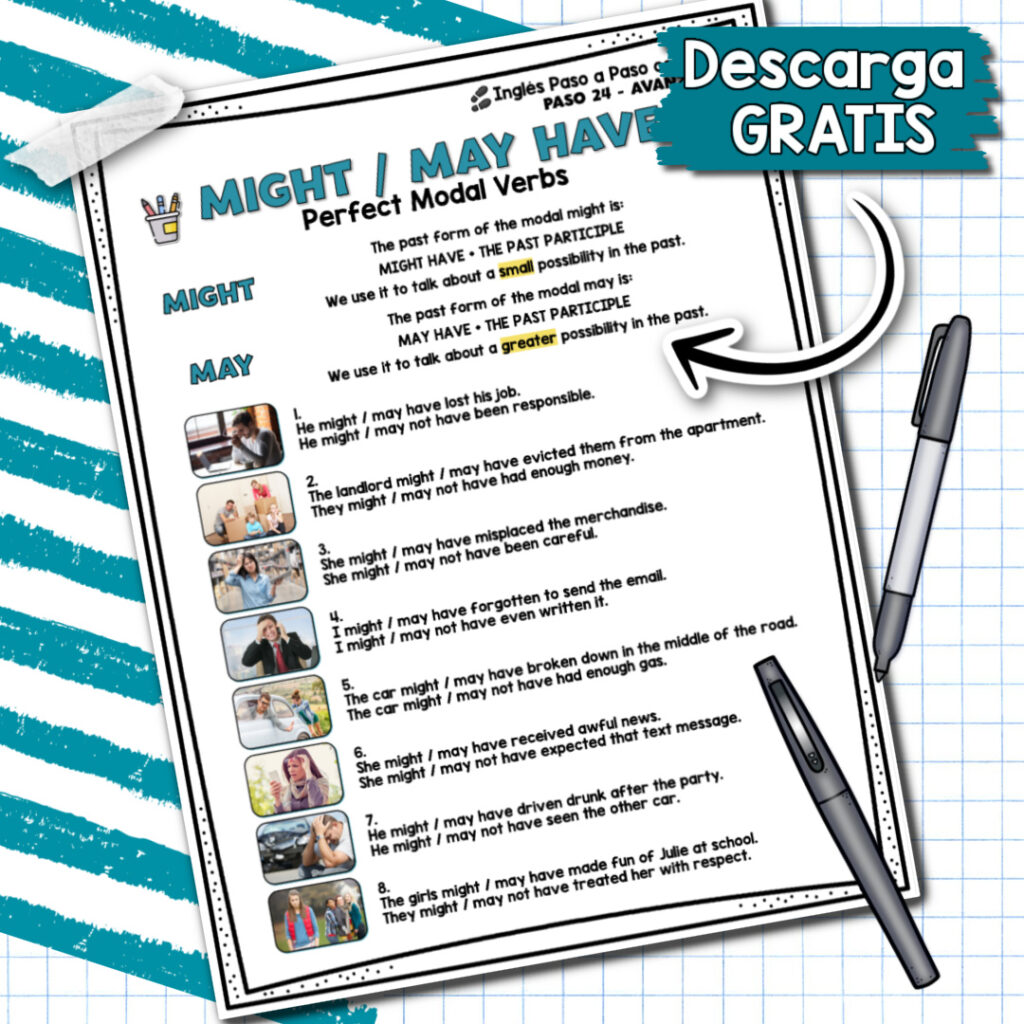How to use the Perfect Modals Might Have and May Have – When are these perfect modals used?
There are two perfect modals that confuse many students – might have and may have. These modals are used to talk about possibility in the past. To form these modals, we take the base form of the verb MIGHT / MAY and add the auxiliary HAVE plus a PAST PARTICIPLE. For example, He might have gone to the store. She may have forgotten her phone. In this lesson, we’ll look at when to use each modal and what rules you need to follow.
Might Have vs. May Have – When to Use Each Perfect Modal
Might have is used when we want to talk about a small possibility in the past. For example:
- I think my keys might have fallen behind the couch.
Here, there is a small chance that my keys are behind the couch – maybe I dropped them there, or maybe they fell down there on their own.

We can also use might have + not to say that something was unlikely in the past. For example:
- He might not have seen the sign.
- I might not have put enough sugar in the cake.
- You might not have understood what I meant.
May have is used when we want to talk about a greater possibility in the past. For example:
- My car may have been towed because I parked it in a no-parking zone.
Here, there is a good chance that my car was towed because it’s against the law to park in a no-parking zone, and I would’ve gotten a ticket if I’d stayed there.

We can also use may have + not to say that something was unlikely in the past but not as unlikely as with might have + not . For example:
- The meeting may not have started on time because the boss was late.
- I may not have eaten breakfast this morning because I overslept.
- She may not have seen the email because she was out of the office all day.
Conclusion:
Remember that might have talks about small possibilities in the past while may have talks about greater possibilities in the past. Both of these modals can be used with or without “not” to increase or decrease the likelihood of something happening. If you’re still unsure about when to use each modal, try using them in some practice sentences of your own. With a little bit of practice, you’ll be using them like a native speaker in no time!
Step 24: Introduction of the Perfect Modals Might Have and May Have
Click HERE to watch the video:

Study Guide
PDF file:
Google Slides file:
Click HERE to make a copy of the Google Slides file with the study guide.

Step 25: I Wonder Why
Click HERE to watch the video:

Study Guide
PDF File:
Google Slides File:
Click HERE to make a copy of the Google Slides file with the study guide.

Course for Advanced Students:
Placement Tests:
Find out your English level HERE.

